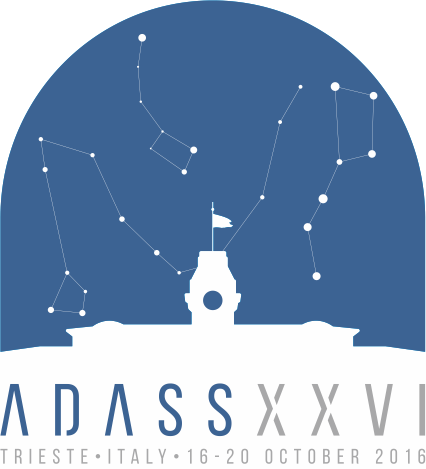Rimoldini Lorenzo
Contact
- Position:
- Department of Astronomy, University of Geneva, Switzerland
- Address
- Switzerland
Miscellaneous Information
- Miscellaneous Information
-
Abstract Reference: 30333
Identifier: O8.4
Presentation: Oral communication
Key Theme: 1 Reduction and Analysis Algorithms for Large Databases and Vice-versa
Crossmatching variable objects with the Gaia dataAuthors:
Rimoldini Lorenzo, Nienartowicz Krzysztof, Süveges Maria, Jonathan Charnas, Guy Leanne, Jevardat de Fombelle Grégory, Berry Holl, Lecoeur-Taïbi Isabelle, Mowlavi Nami, Ordóñez-Blanco Diego, Eyer Laurent,Tens of millions of new variable objects are expected to be identified in over a billion time series from the Gaia mission. Crossmatching known variable sources with those from Gaia is crucial to incorporate the current knowledge, understand how these objects appear in the Gaia data, train supervised classifiers to recognise known classes, and validate the results of the Variability Processing and Analysis Coordination Unit (CU7) within the Gaia Data Analysis and Processing Consortium (DPAC). The method employed by CU7 to crossmatch variables for the first Gaia data release includes a binary classifier to take into account positional uncertainties, proper motion, targeted variability signals, and artefacts present in the early calibration of the Gaia data. Crossmatching with a classifier makes it possible to automate all those decisions which are typically made during visual inspections. The classifier can be trained with objects characterised by a variety of attributes to ensure similarity in multiple dimensions (astrometry, photometry, time-series features), with no need of a-priori transformations to compare different photometric bands, or of predictive models of the motion of objects to compare positions. Other advantages and some disadvantages of the method are discussed. Implementation steps from the training to the assessment and optimization of the crossmatch classifier and of the results are described. This procedure is applied to a set of surveys (such as OGLE, the Optical Gravitational Lensing Experiment, and EROS, the Expérience pour la Recherche d'Objets Sombres) which are particularly relevant to the variable sources published in the first Gaia data release.



